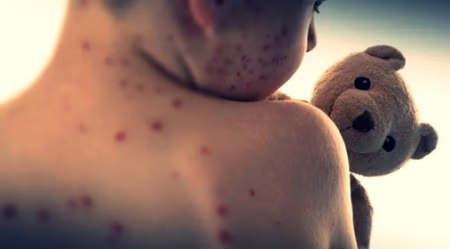The United States is witnessing its worst measles outbreak since 1992, with 1,288 confirmed cases reported across 38 states in 2025, according to the latest data released by the US Centers for Disease Control and Prevention (CDC).
The current spike in infections marks the highest annual case count in over 30 years, with Texas alone accounting for 753 cases. CDC data further reveal that 13 percent of the infected have required hospitalization.
The health agency has identified 27 separate outbreaks this year, with 88 percent of cases linked to clusters and 92 percent involving individuals who were either unvaccinated or had an unknown vaccination status.
“Measles was declared eliminated in the US in 2000, meaning there was no continuous transmission within the country. New cases typically originate from international travellers returning with the virus,” the CDC noted in its statement.
The resurgence of measles, a highly contagious airborne virus, has raised public health alarms, especially given that the infection can result in serious complications, hospitalization, and death, particularly in young children.
Symptoms include high fever, cough, runny nose, and a widespread rash on the body. The virus first infects the respiratory tract before spreading throughout the body.
The CDC and global health experts, including the World Health Organization (WHO), continue to underscore the critical role of vaccination in preventing the spread of measles. The measles, mumps, and rubella (MMR) vaccine, introduced in 1963, has been proven safe and effective in providing lifelong immunity.
Before widespread immunisation, measles claimed an estimated 2.6 million lives annually worldwide. Even in 2023, the WHO estimated 107,500 measles-related deaths, mostly among children under five, despite vaccine availability.
The current outbreak in the US underscores gaps in immunisation coverage and growing vaccine hesitancy in certain regions.
Source: IANS





